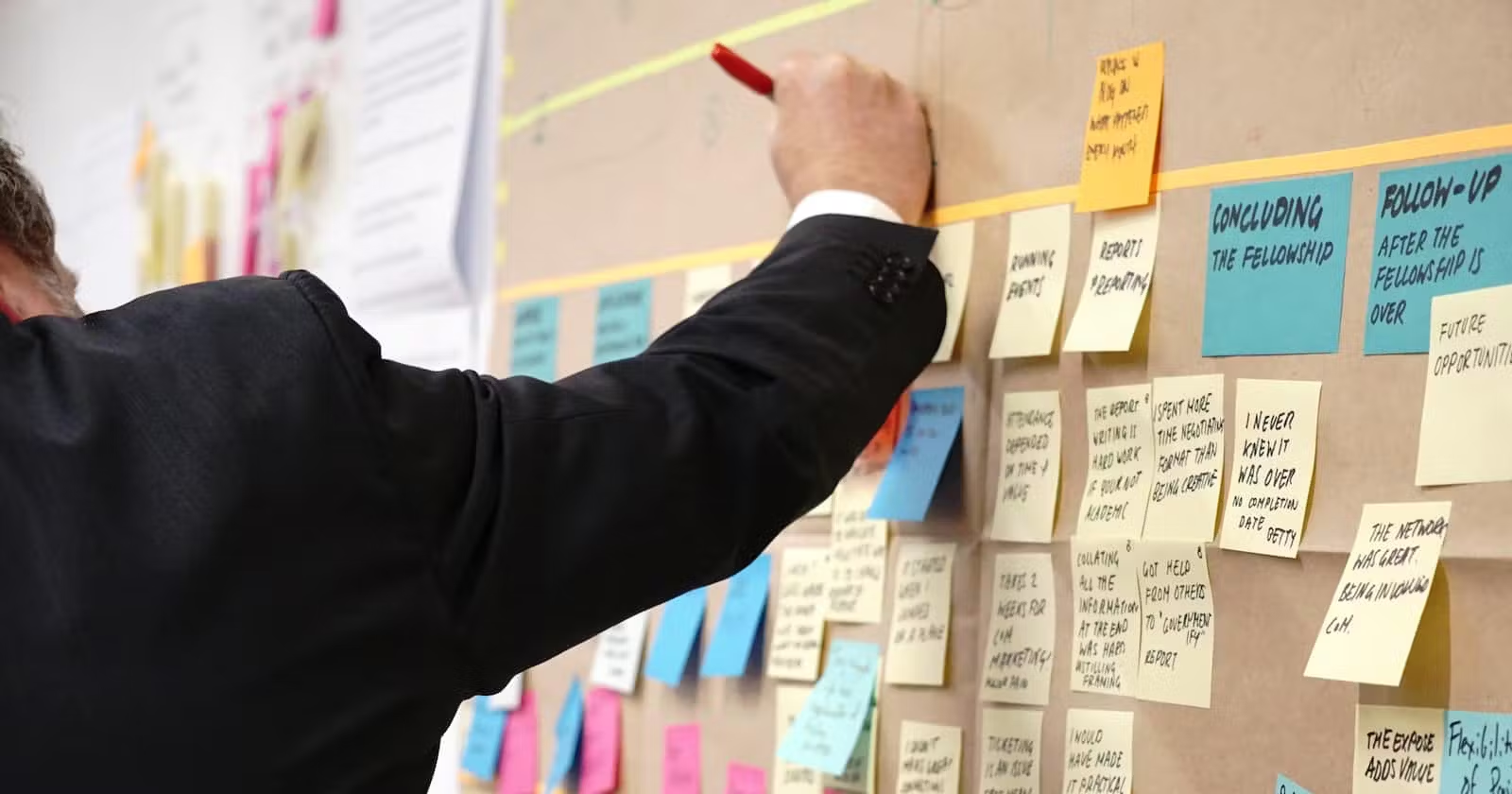End to End Release management
Published at Feb 14, 2022

Release management is an important part of the product/project lifecycle. It involves managing and controlling changes to IT systems, applications, databases, and other components in order to ensure that they are released properly. This process helps organizations keep their products up-to-date while also ensuring reliability and security.
For product/project managers, release management is essential for keeping track of all the moving parts involved in a project or product launch. Without proper release management processes in place, it can be difficult to coordinate different teams’ efforts towards a successful launch as well as identify any potential issues before they become problems down the road.
Planning: The product manager would work with the development, QA, and operations teams to plan the release schedule and identify any dependencies or potential roadblocks that need to be addressed. This would include setting milestones and deadlines for each phase of the release process, as well as determining the resources that will be required.
Development: The development team would work on building and testing the various components of the application, such as mobile apps, web apps, middleware APIs, and backend apps. The product manager would work with the development team to ensure that the code is being developed according to the specifications and that the quality of the code is up to standards.
Testing: The QA team would test the various components of the application to ensure that they are functioning correctly and that they meet the requirements set out in the planning phase. The product manager would work with the QA team to ensure that all necessary test cases are being executed and that any issues that are discovered are being addressed in a timely manner.
Deployment: The operations team would deploy the release to the production environment. The product manager would work with the operations team to ensure that the deployment is done smoothly, without any disruptions to existing services, and that the release is deployed according to the schedule and timeline set out in the planning phase.
Communication: The product manager would communicate with stakeholders, such as users, to ensure that the release meets their needs and expectations. This would include providing training and support for the new features, as well as addressing any issues or concerns that may arise.
Post-Release Monitoring: The product manager would monitor the performance of the release after it has been deployed, and make any necessary adjustments or improvements. This could include collecting feedback from users, monitoring usage data, and addressing any bugs or issues that arise.
Conclusion:
End To End Release Management provides valuable insight into how companies can efficiently manage their projects from start to finish, helping them deliver quality products that meet customer expectations. Having solid planning, development, testing, and deployment phases along with effective communication strategies followed up by post-monitoring/maintenance activities ensures success rate increases significantly reducing the risk associated with launching new software releases
